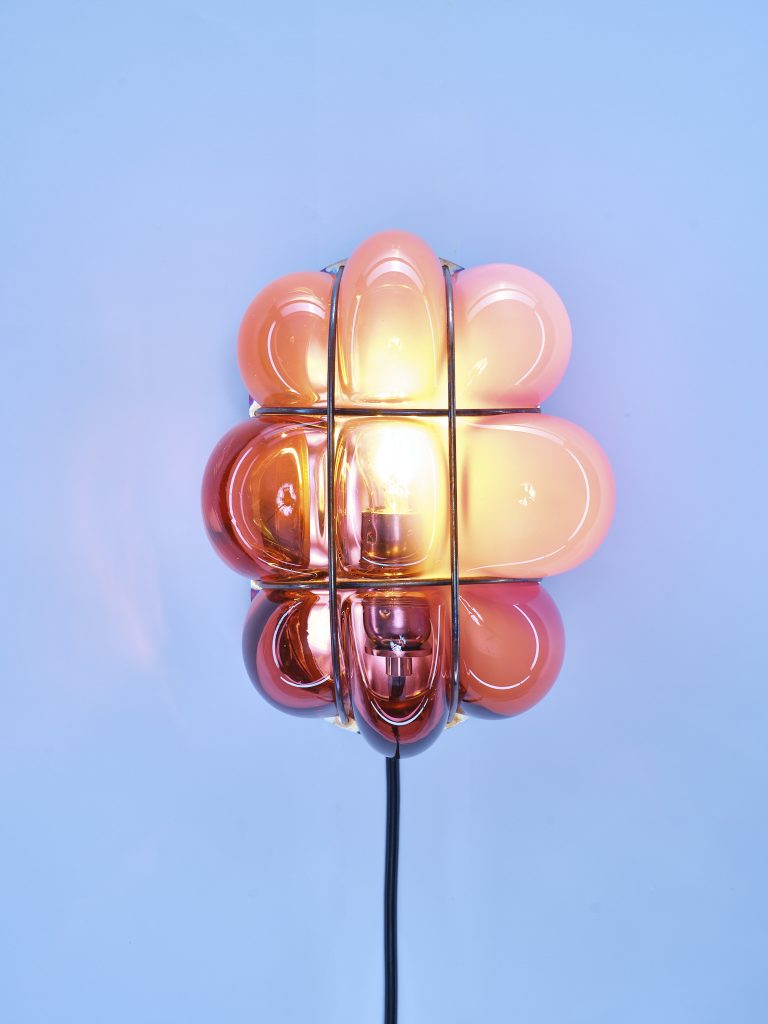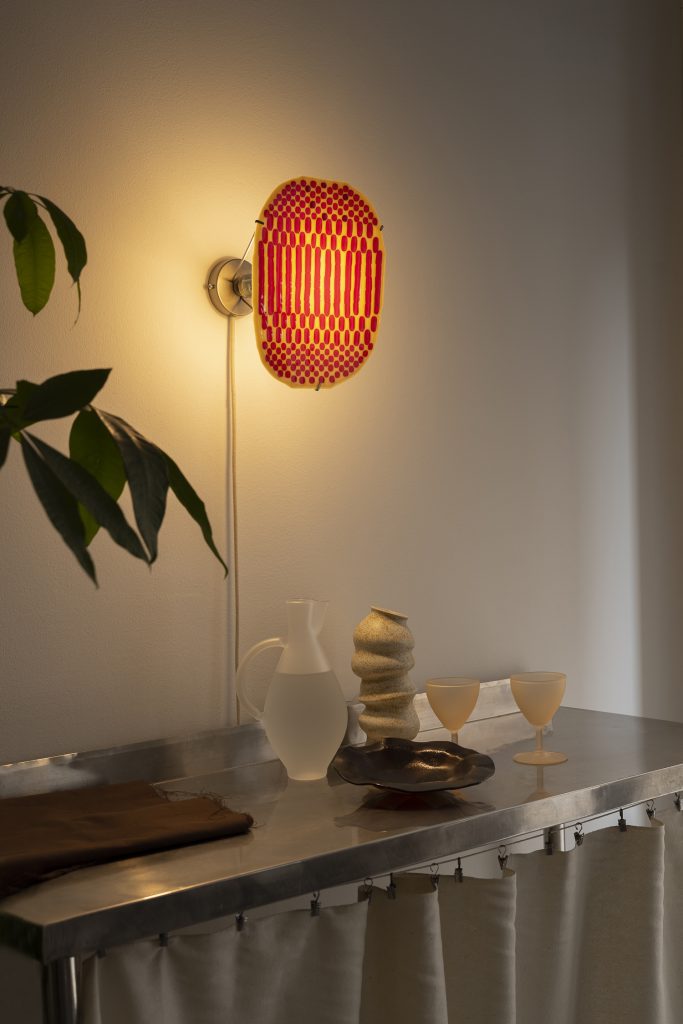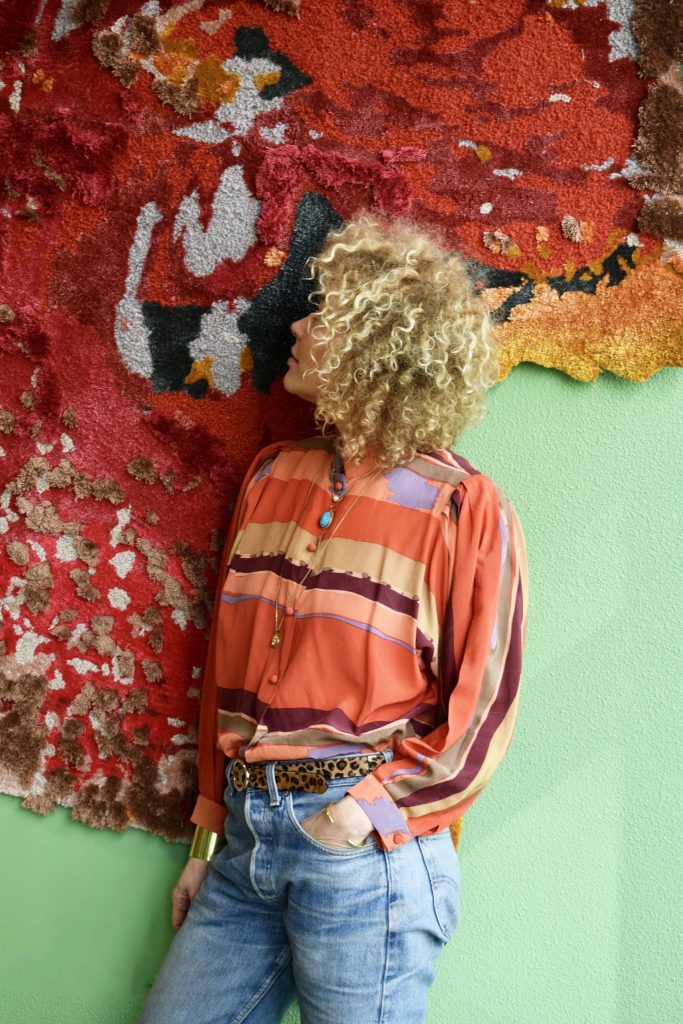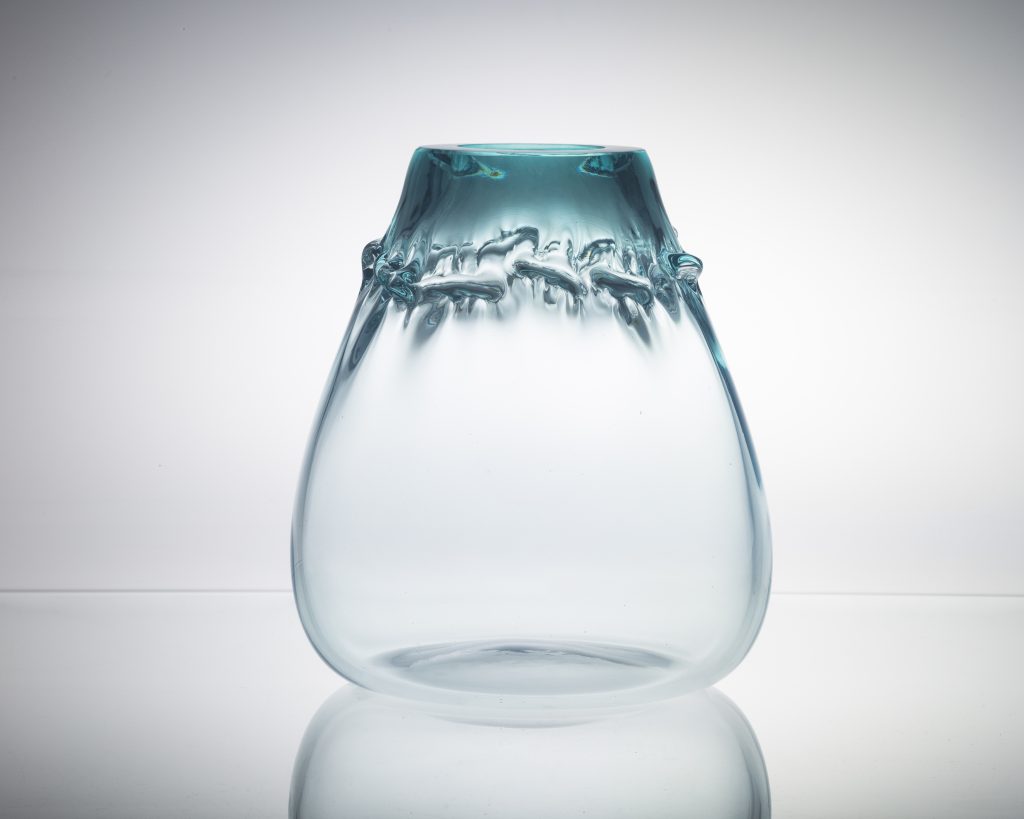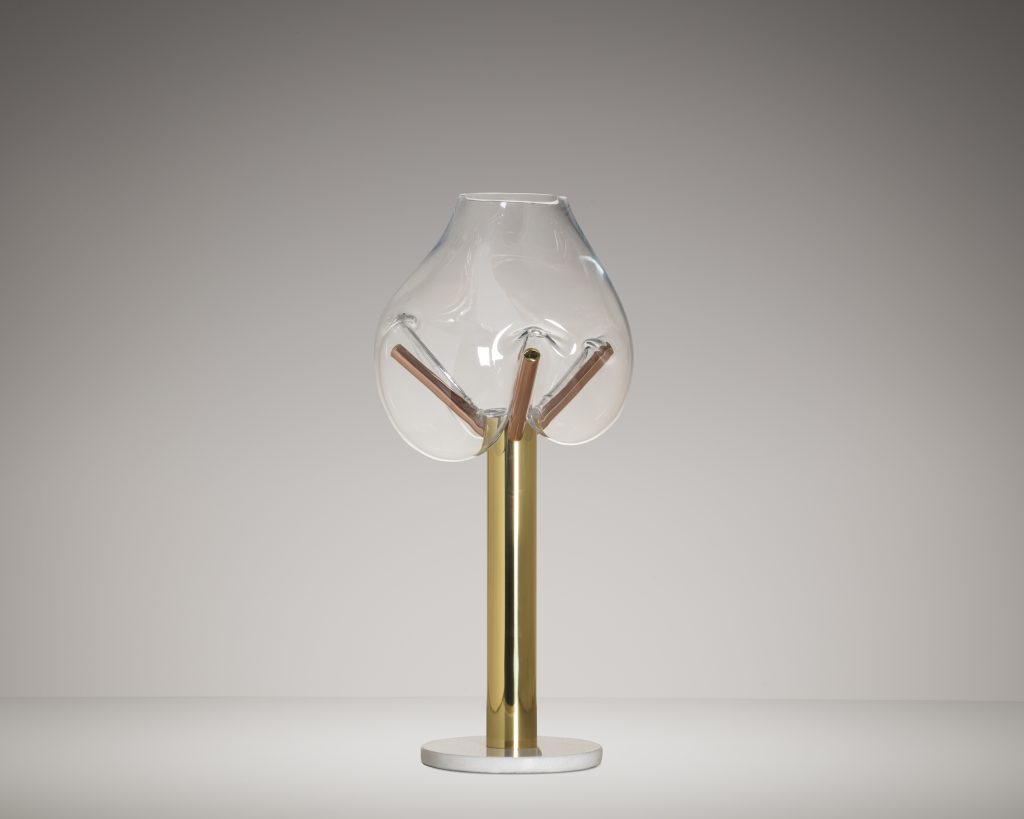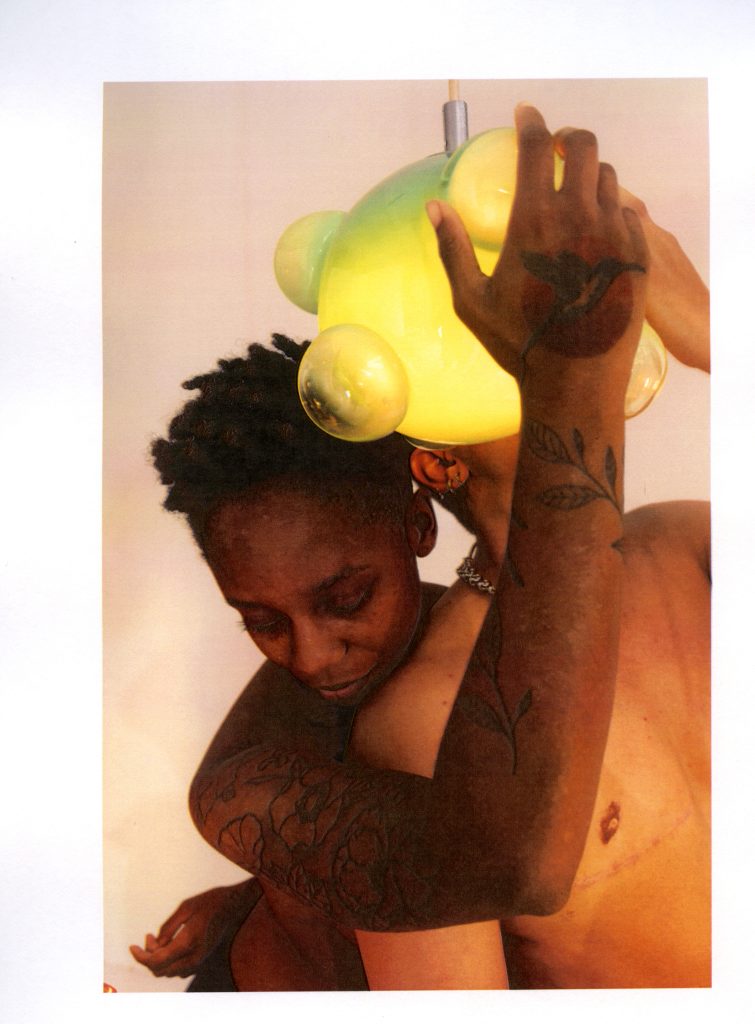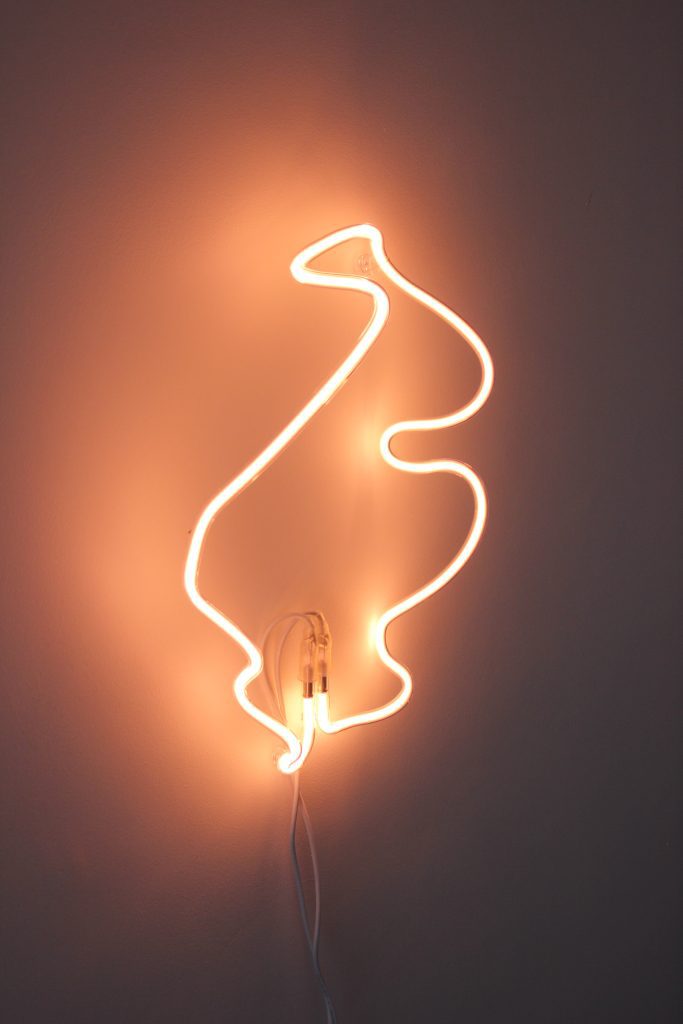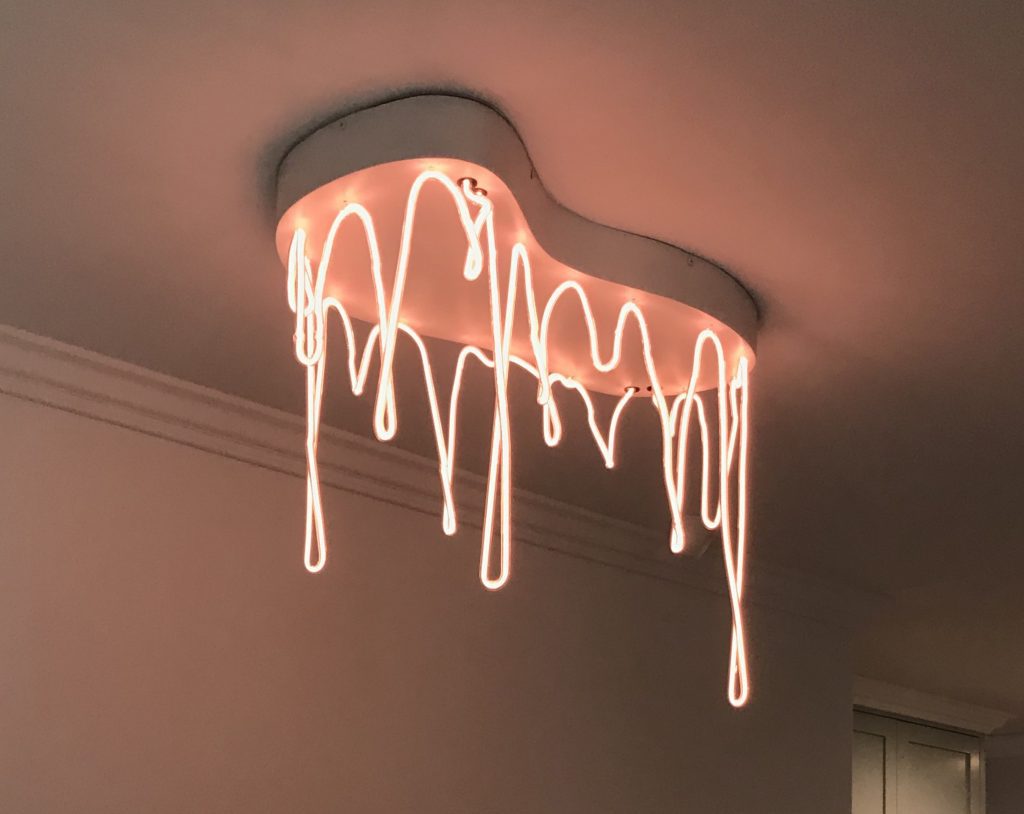
10 TALENTS: Recontextualizing the Ancient Craft of Glassmaking
Glassmaking, an ancient and transformative discipline, dates back to the third millennium BCE in Mesopotamia. This craft has evolved through millennia, from the delicate beads of early glassmakers to the majestic stained glass windows of medieval cathedrals. Over time, glassmaking techniques spread from the Middle East to Europe, leading to significant advancements, particularly in Venice. Murano glass, renowned for its clarity and intricate designs, epitomizes the fusion of tradition and innovation.
In contemporary times, glassmaking has transcended its utilitarian origins, becoming a medium for artistic expression and storytelling. Today’s glass artists blend traditional techniques with modern approaches, exploring new contexts and narratives. Studios dedicated to glassblowing, whether designing or actually blowing glass, deserve recognition. Rethinking and mastering this delicate, hot, and physically demanding discipline requires exceptional courage and dedication. Read along as we delve into the practice of 10 talents pushing the boundaries of the craft, blending tradition with innovation, and infusing their works with personal and cultural narratives.
SCATTER.D (Piacenza, Italy)
SCATTER.D STUDIO, founded by Bahar Pourmoghadam and Marco Cattivelli in 2020, merges product design and architecture with a strong emphasis on the intersection of industrial design and craftsmanship. Their work reflects a deep appreciation for both past and present manufacturing processes. By embracing the manual approach, they infuse their creations with narratives that add layers of meaning and personal significance.
Their collaboration with WAVE MURANO GLASS on the TALAR lighting series exemplifies their innovative spirit. TALAR reinterprets traditional Venetian chandeliers using Murano glass and aluminum, inspired by Venice’s cultural exchanges. The structures are inspired by the slender architecture of the Middle East; Talar is a Persian architectural style, characterized by very thin wooden columns and large roofs – Talar is the colonnaded portico of the Persian pavilions.
Founded in 2017 by Roberto Beltrami, Wave Murano Glass continues the glassmaking heritage of Murano Island, blending traditional techniques with contemporary technology and sustainable practices. The team of 15 skilled craftspeople collaborates with global luxury brands, producing items from tableware to sculptures, while Beltrami, the youngest Glass Master in Murano, pushes the boundaries of craftsmanship.
Balzer Balzer (Berlin, Germany)
Berlin-based studio Balzer Balzer, founded in 2019, is known for its bold and process-focused approach to design. Their work often exposes the production process, turning support structures and manufacturing traces into decorative elements. The Bubble-Light, a standout piece, captures the tension between freedom and containment, with glass seemingly caught in mid-escape from a stainless steel cage.
Inspired by industrial bunker lights, Balzer Balzer repurposes the protective cage as a decorative and integral part of their creations. Each Bubble-Light, handcrafted and unique, tells a story of transformation and innovation, reflecting the studio’s commitment to pushing the boundaries of glassmaking.
Los Objetos Decorativos (Valencia, Spain)
Valencia-based studio Los Objetos Decorativos, run by Rosa Rubio since 2015, focuses on creating decoration and lifestyle products that reflect contemporary aesthetics. Their pieces, crafted ethically and sustainably, combine materiality, color, and form to offer a unique narrative. Each creation, made to order, embraces imperfections, making every item distinct.
Their plate centerpieces, used as both tabletop features and wall-mounted decor, showcase a blend of geometric and abstract forms. Utilizing fusing and thermoforming techniques, the studio produces glass elements that merge decorative appeal with functionality, embodying a singular and personal style.
Markus Emilsson (Malmö, Sweden)
Swedish artist Markus Emilsson, influenced by the historical glass region of Småland, creates sculptural works by combining simple shapes into complex structures. His pieces, characterized by shifting transparency and light reflections, explore contrasts and textures. Emilsson’s “Bombastico” vase, blown in a semi-open mold, exemplifies his approach, with each vase unique due to the living character of the glass.
Emilsson’s small-scale production allows for constant variation and experimentation, resulting in objects that are both dynamic and reflective of his deep understanding of glassblowing techniques. His works are a testament to the beauty and versatility of glass as a material.
Sandra Keja Planken (Amsterdam, Netherlands)
Dutch designer Sandra Keja Planken is known for her multidisciplinary approach, creating objects that straddle the line between art and design. Her works, characterized by a rebellious, sustainable, and tactile nature, explore the relationship between people, nature, and materials. Planken’s glass vessels are particularly notable, transforming remnant granules and rubble into unique sculptures that evoke natural forms.
Her creations, inspired by nature’s sounds and visuals, present a peaceful yet transcendent take on the environment. By hand-blowing glass to tell stories of decay and reuse, Planken’s work encourages a deeper appreciation for the natural world and its processes.
Carol Gay (Sao Paulo, Brazil)
Brazilian designer Carol Gay, a graduate of Mackenzie University and an alumna of the “Construction of the Object” workshop at MUBE, brings a hands-on, experimental approach to glassmaking. Her work often incorporates artisanal techniques, exploring the material’s malleability and transformation. Gay’s latest decorative lighting piece reinterprets traditional crystal chandeliers with a focus on randomness and creative freedom.
Her designs, inspired by the flora and fauna of Brazil, particularly the Amazon, reflect a commitment to preserving and eternalizing the richness of this important biome. The transparency of glass, combined with the satin sheen of aged brass and Brazilian marble, creates a dialogue between inspiration and material, designer and master glassmaker.
Milena Kling (Berlin, Germany)
Milena Kling’s designs celebrate everyday rituals, transforming contemporary interiors with her tactile and experimental glass creations. Her Berlin-based studio, founded in 2012, collaborates with traditional artisans in the Czech Republic, Sweden, and Germany, emphasizing sustainability and craftsmanship. Kling’s works, ranging from fine dining tableware to transformative light objects, bring life and texture to spaces.
Her special edition FLOW VASES, characterized by fluid silhouettes and raw surfaces, highlight the unique qualities of hand-crafted glass. Each piece, blown into woven copper molds, is a testament to the potential of traditional production methods, resulting in objects that are both unique and expressive.
Sticky Glass (Brooklyn, US)
Grace Whiteside, founder of Sticky Glass in New York, brings a deeply personal and unique perspective to glassmaking. Identifying as a non-binary dyke and interdisciplinary glass and performance artist, Whiteside views glass as an “amorphous solid,” a material that resonates with their own experiences of identity. “Glass is trans,” Whiteside explains, finding a profound connection in its fluidity and ability to shift between states. This relationship informs Whiteside’s creative approach, resulting in designs that celebrate the material’s natural tendencies towards the goopy, tacky, bubbly, and unabashedly messy.
Sticky Glass specializes in multi-functional glasswork that is both performative and collaborative. Each piece is hand-blown in Brooklyn, often customized to leverage the material’s viscous and adhesive properties. Whiteside’s designs emphasize the fluidity and softness of glass, creating functional yet visually captivating objects that challenge traditional norms. The playful lighting collection, including the Bubble pendant and Pokie lamp, showcases the delicate balance between fluidity and rigidity inherent in glass, combining whimsy with artistry, to ultimately queer up spaces.
They observe how domestic and commercial environments are often designed without considering the safety and inclusion of queer or trans individuals. This drives them to create objects that challenge heteronormative architecture and design, fostering inclusivity and safety for untraditional, free-thinking individuals. Through their work, Whiteside explores the boundaries of glass as a medium and engages in a broader dialogue about identity, materiality, and the power of design to influence societal norms and values.
Two primary skills underpin Whiteside’s work: the social dynamics of being an artist, where their extroverted nature and performance background aid in navigating public and private facets of their practice, and their ability to let glass “have a voice in the process.” This latter skill, honed over more than a decade, showcases Whiteside’s respect for the material’s intrinsic properties and their refusal to constrain it to preconceived forms. Through their work, Whiteside not only explores the expressive potential of allowing materials to dictate their own forms but also engages in a broader dialogue about identity and the power of design.
Dace Suna (Rīga, Latvia)
Latvian designer Dace Suna creates unique, organically shaped glass tubing filled with noble gases. Her background in spatial design and fascination with the elemental nature of the planet inspire her creations. Each piece, whether filled with helium, argon, krypton, or neon, emits a distinct glow, symbolizing different aspects of nature.
Suna’s work reflects a deep connection to natural elements and a commitment to exploring new forms and techniques. Her installations, characterized by their ethereal light and organic shapes, invite viewers to experience the beauty and mystery of the natural world.
Tanja Pak (Ljubljana, Slovenia)
Slovenian artist Tanja Pak, a professor at the University of Ljubljana, explores feelings of solitude and the fragility of interpersonal bonds through her glassworks. Her “Lake in the Rain” series, characterized by incredibly thin hand-blown glass and concentric relief circles, captures the poetic essence of raindrops and reflections.
Pak’s creations, often made in collaboration with experienced cutters, reflect her commitment to both artistic and functional design. Her work, exhibited worldwide, delves into the delicate nature of human connections, using glass as a medium to express unity and individuality.
The contemporary glassmaking landscape is rich with diverse approaches and innovative techniques. Each artist brings a unique perspective to the craft, blending tradition with modernity to create works that are both functional, deeply expressive, and reflective of their individual narratives. Through their dedication and creativity, these glassmakers continue to push the boundaries of what is possible, making significant contributions to the art and history of glassmaking.







